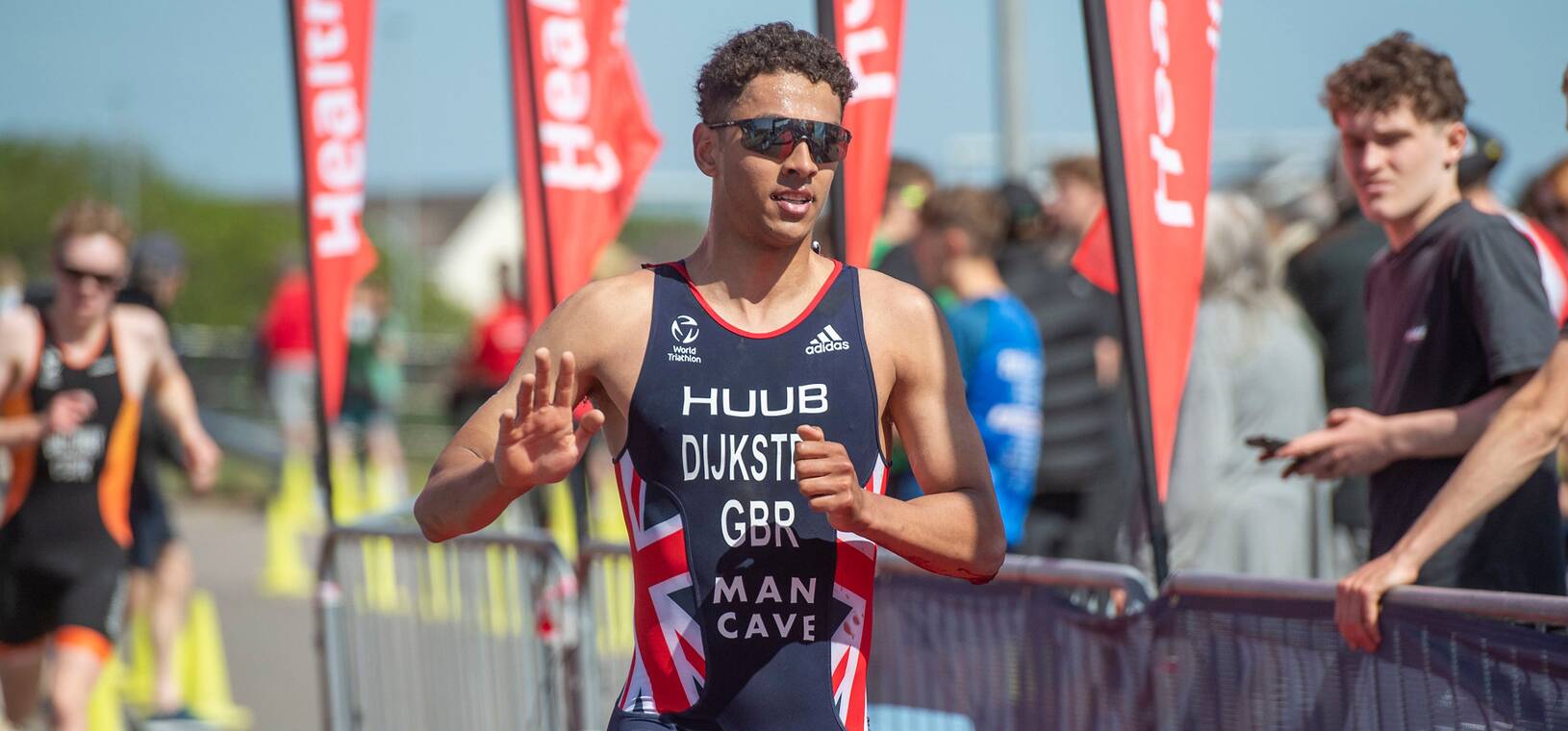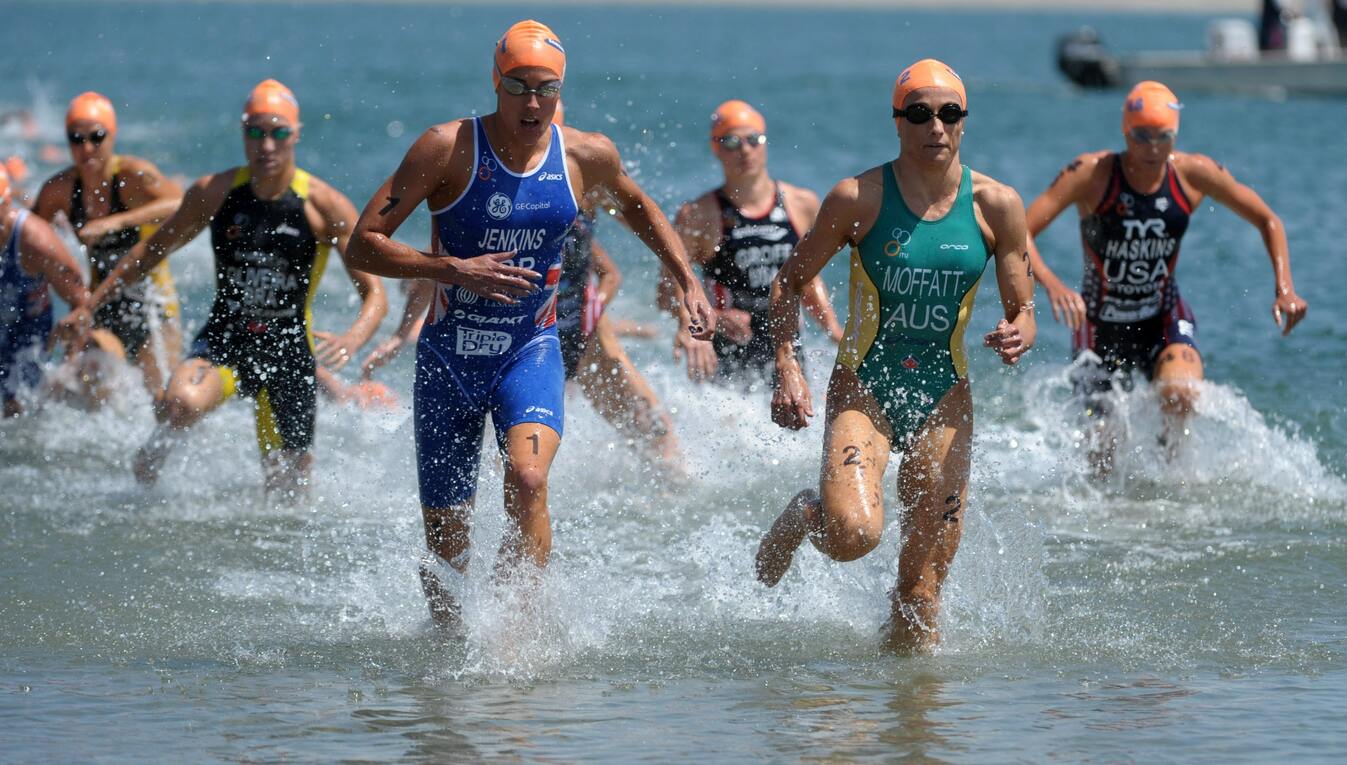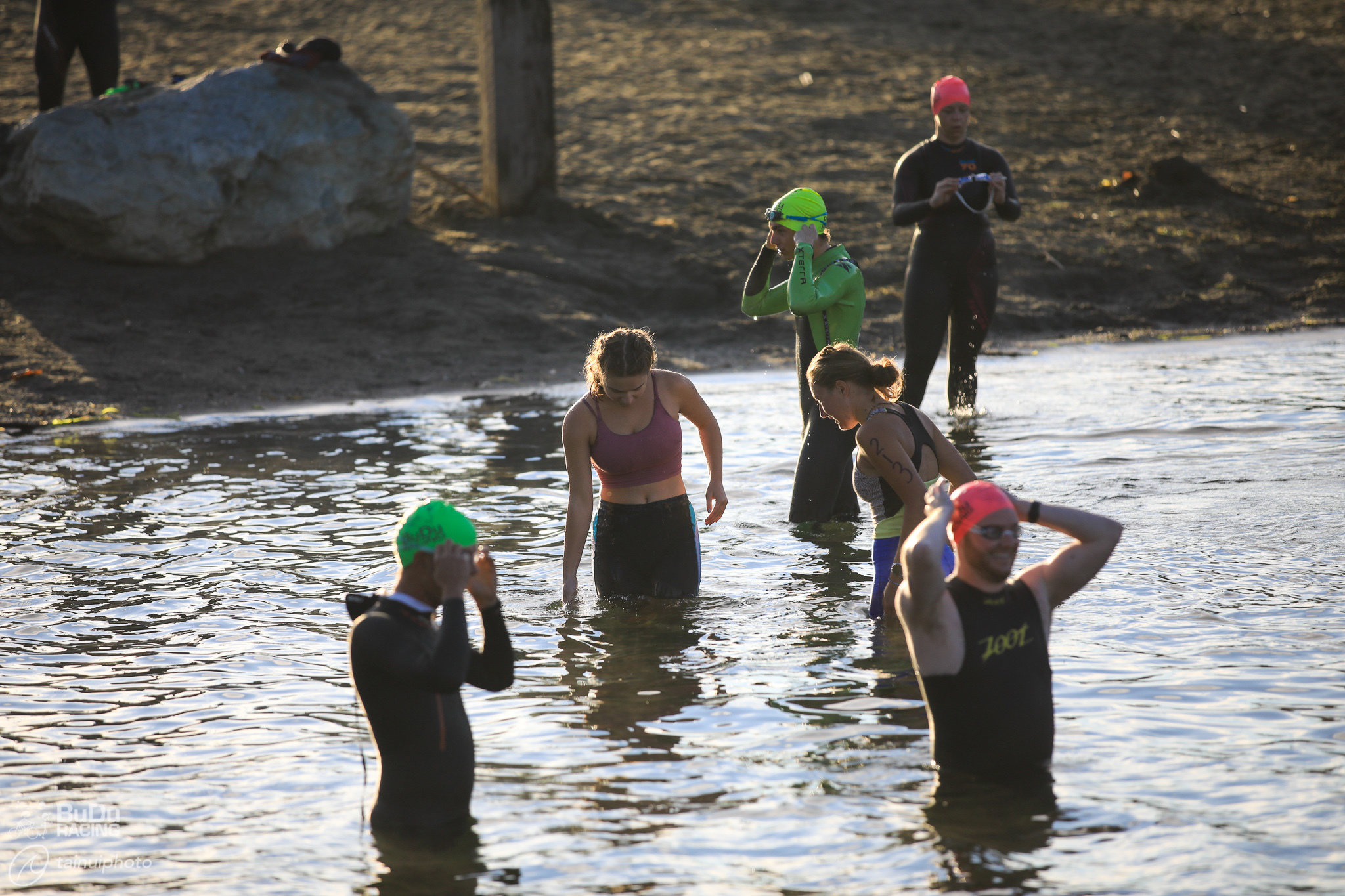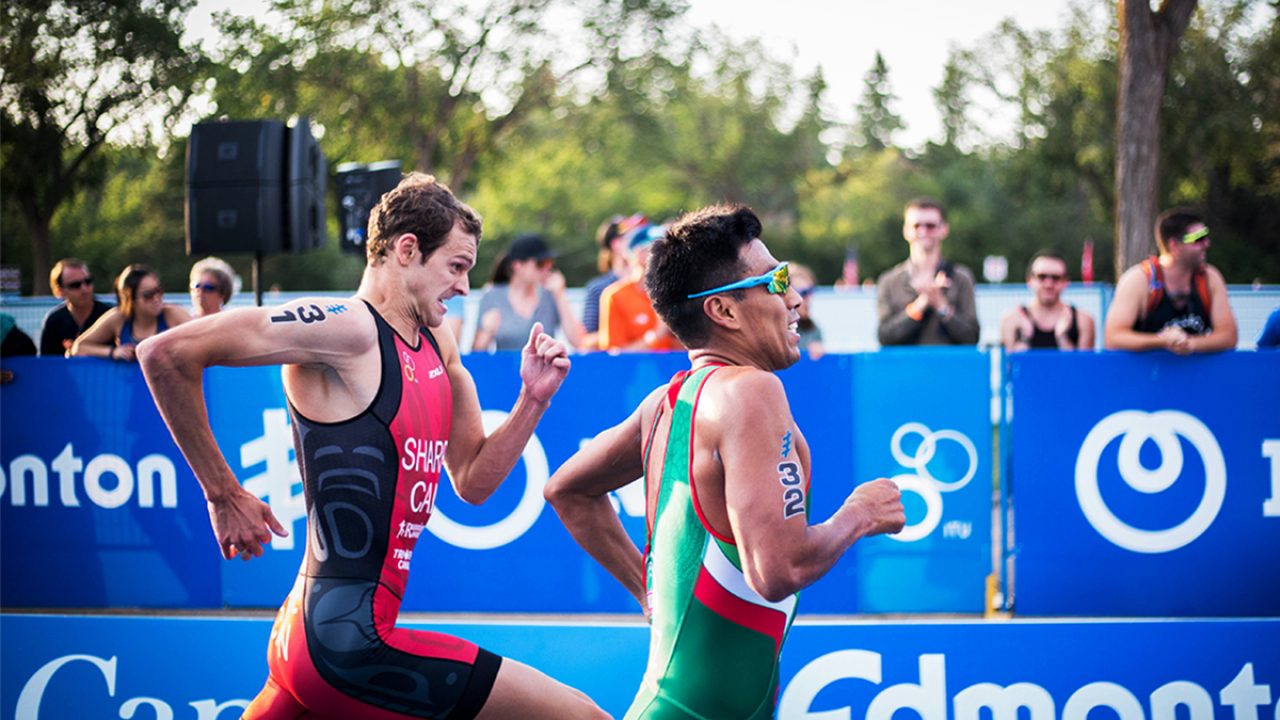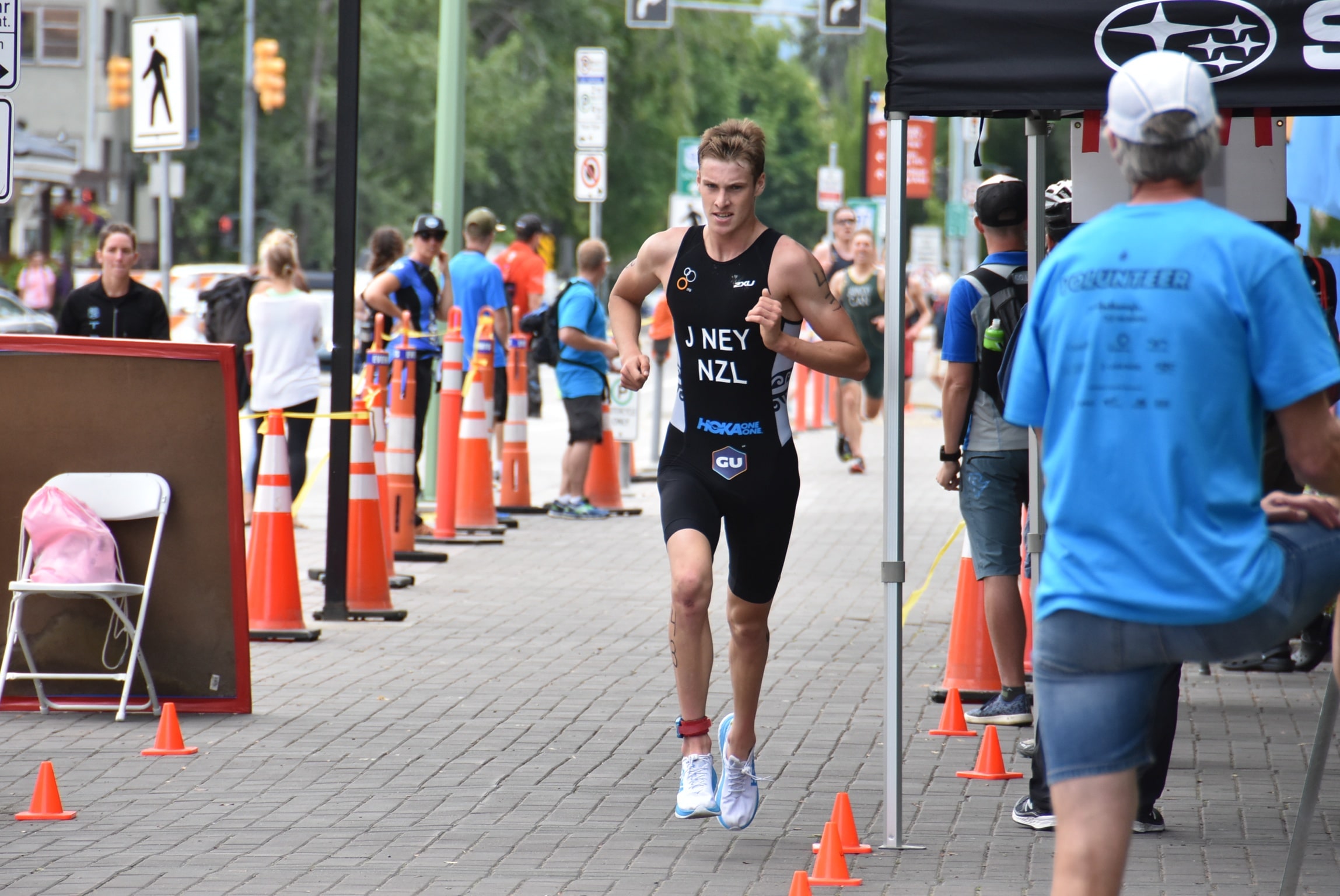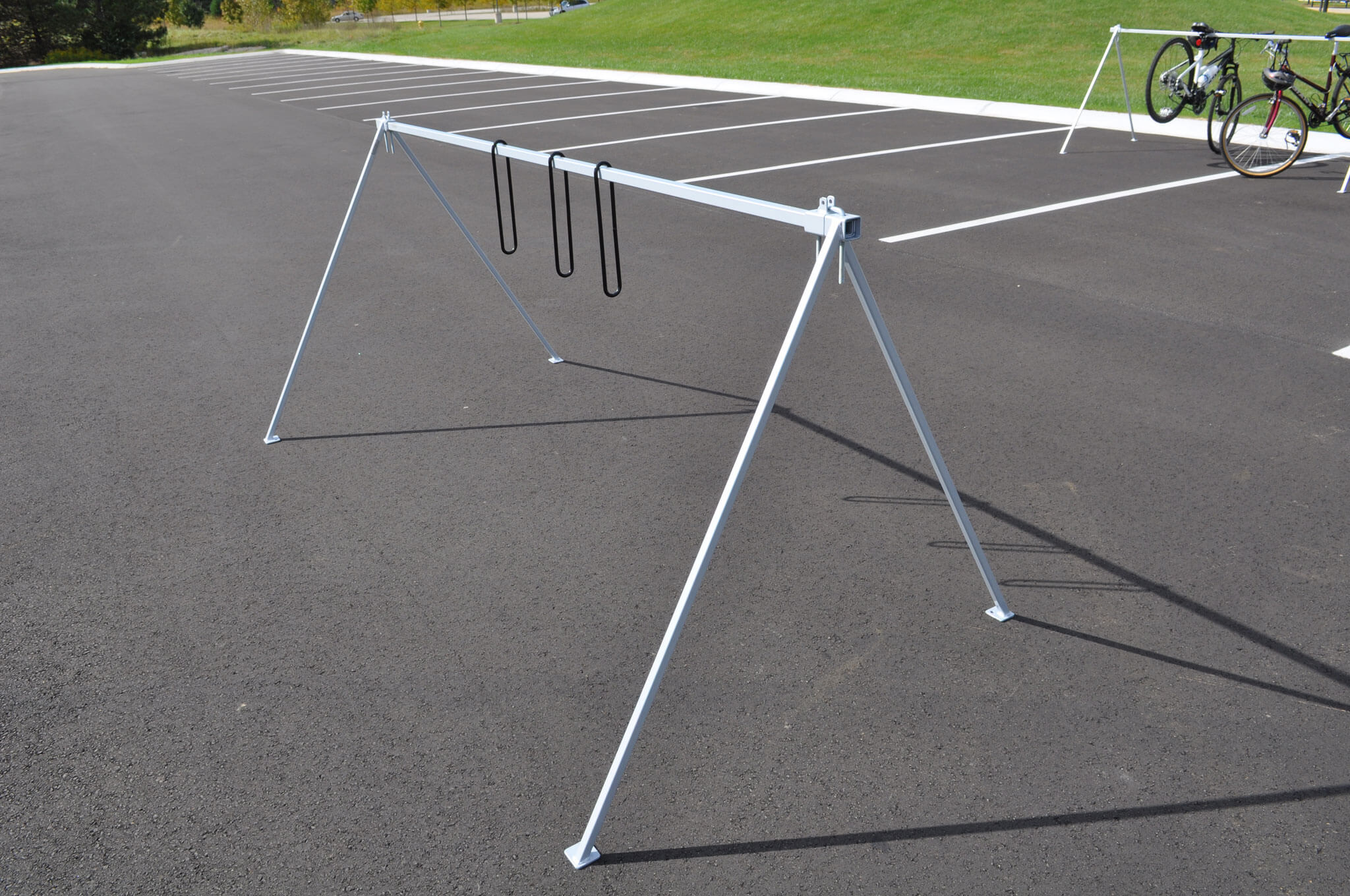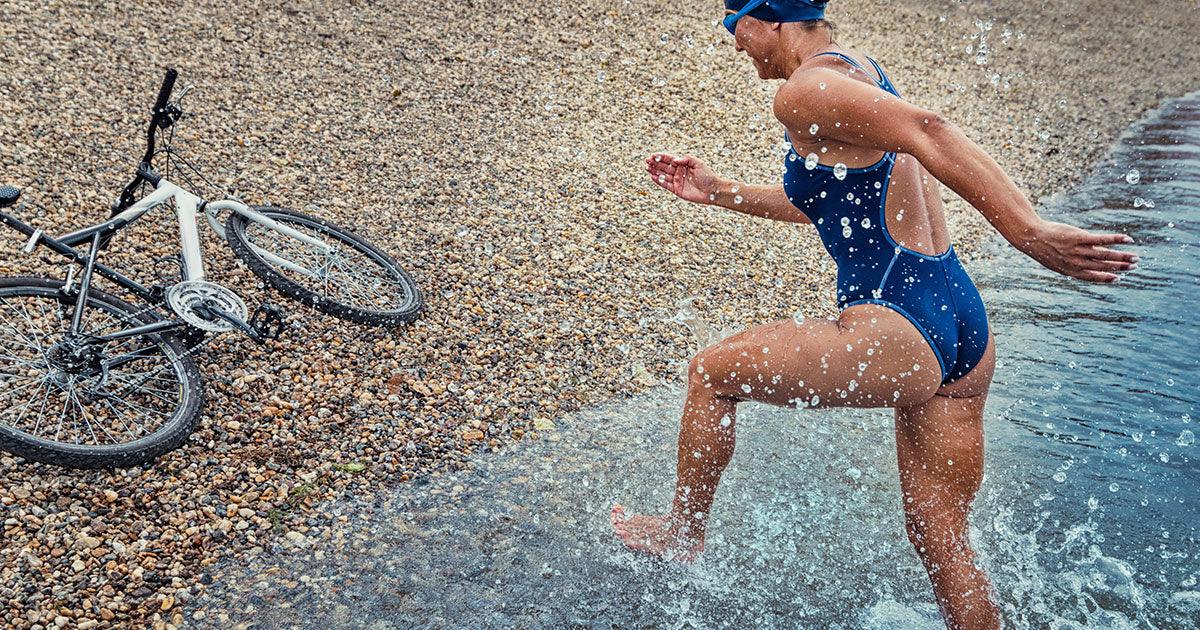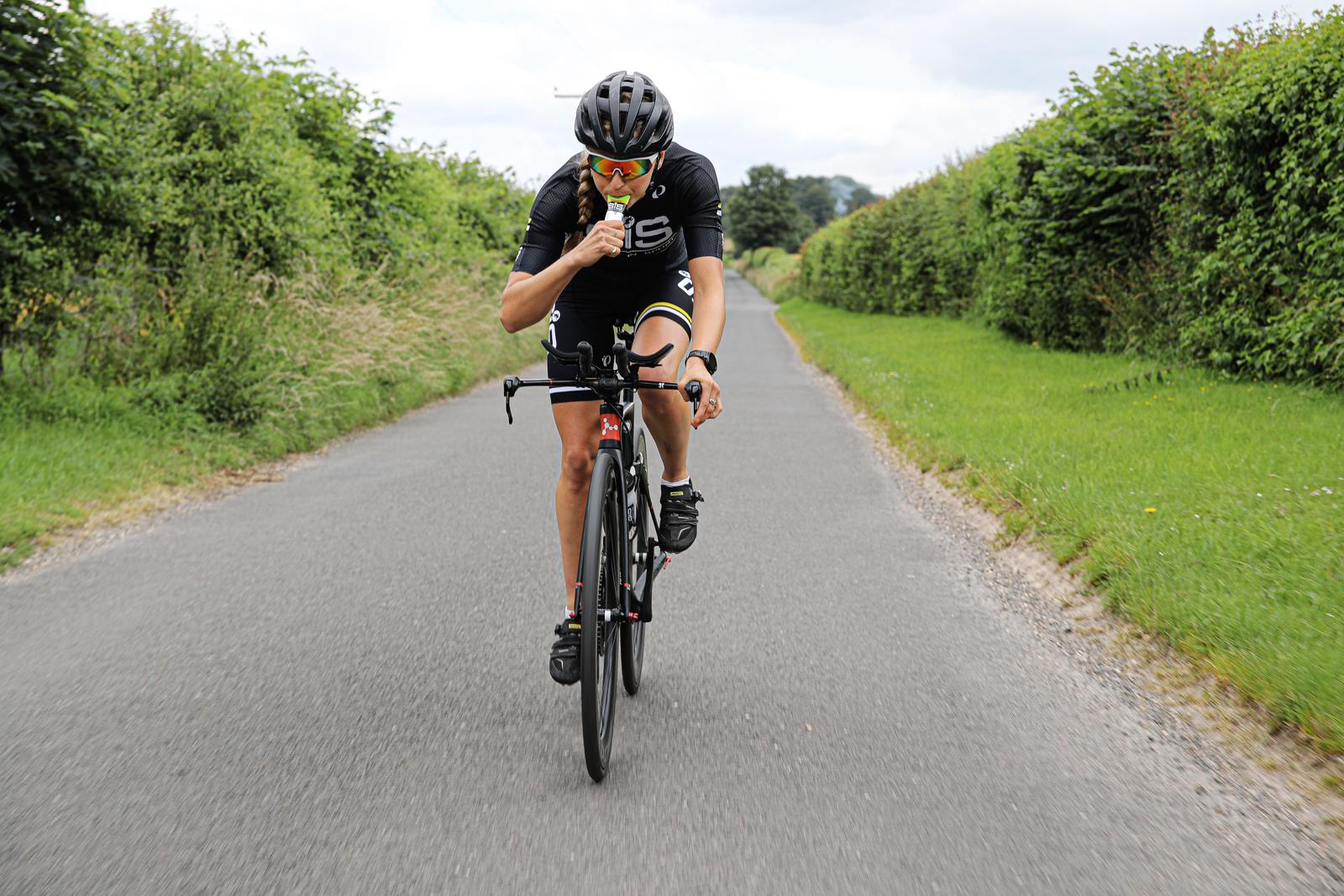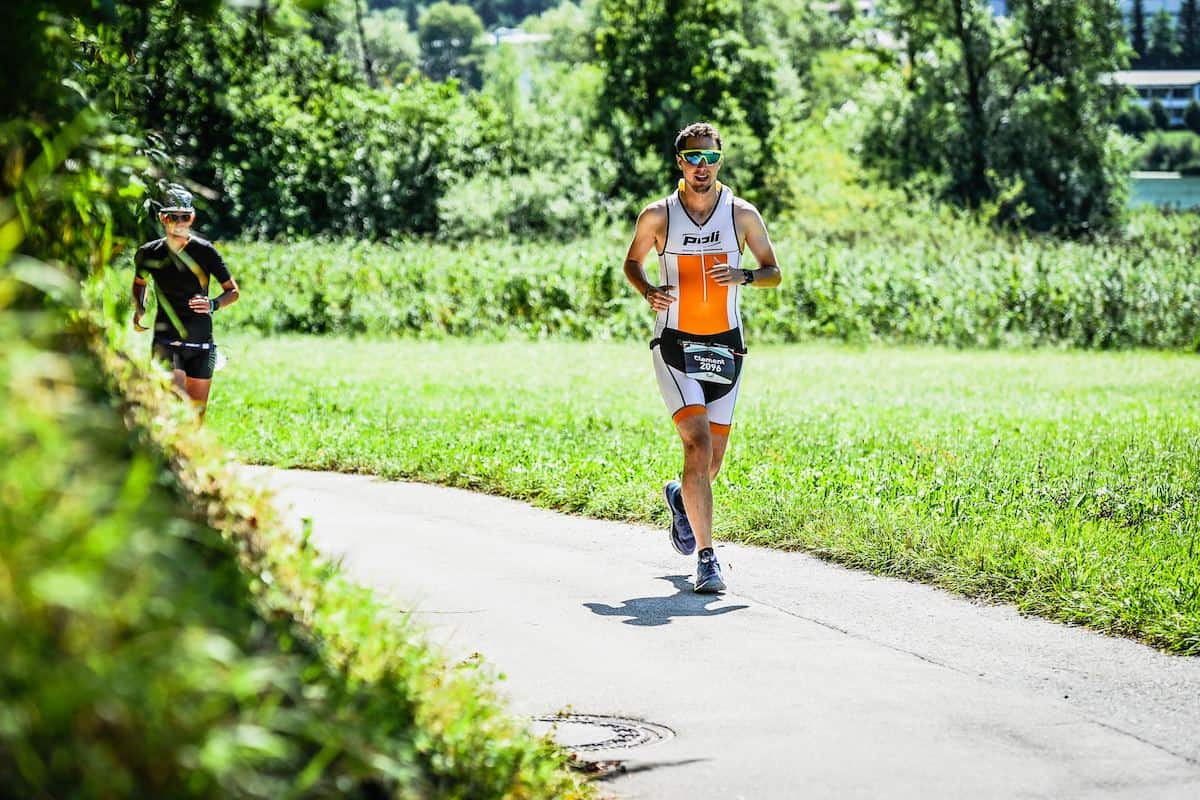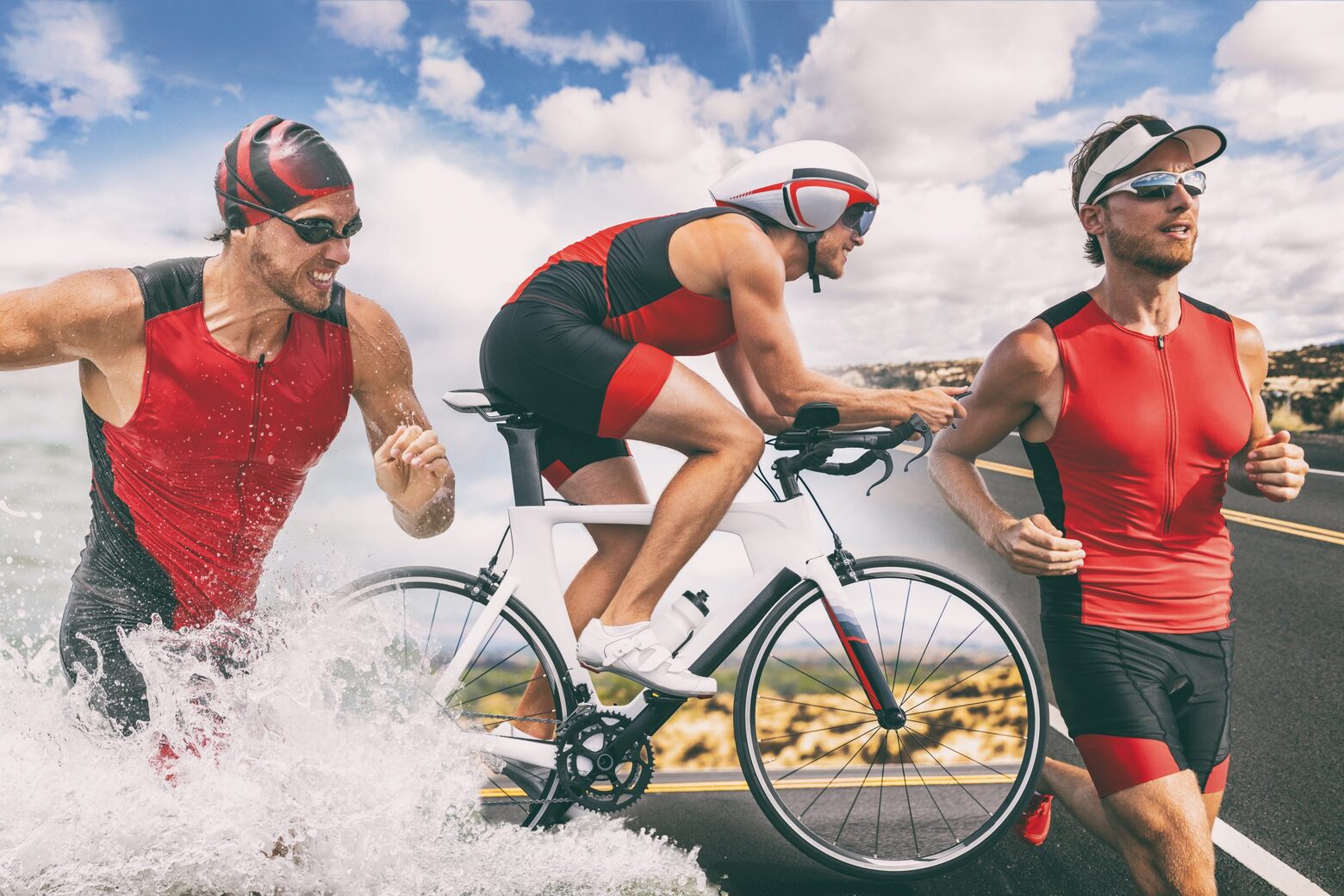Home>Misc>Featured>Where Do I Attach My Race Number On My Bike For A Triathlon
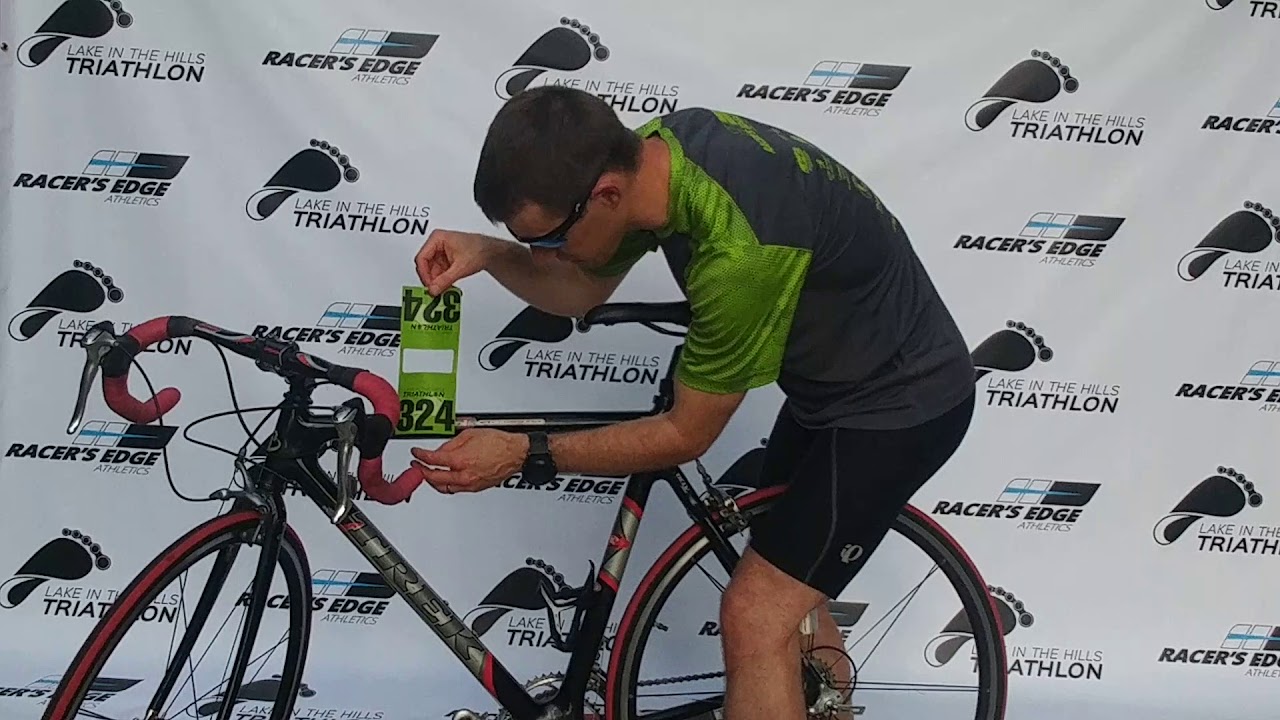

Featured
Where Do I Attach My Race Number On My Bike For A Triathlon
Modified: August 19, 2023
Find out where to attach your race number on your bike for a triathlon. Get featured tips and guidelines for a seamless race experience.
Introduction
When participating in a triathlon, one of the crucial tasks for every athlete is attaching their race number to their bike. The race number serves as identification throughout the event and enables officials and spectators to track your progress. While it may seem like a straightforward task, attaching your race number in the correct position is vital to ensure clear visibility and compliance with race regulations.
In this article, we will guide you through the process of correctly attaching your race number on your bike for a triathlon. We will provide step-by-step instructions, alternative options, and essential tips to help you prepare for race day.
By properly attaching your race number, you not only adhere to race rules but also make it easier for officials and spectators to identify you during the event. It is crucial for timing and tracking purposes, particularly during transitions between swim, bike, and run segments. Moreover, accurately displayed race numbers promote fairness and eliminate any advantage gained through obscure positioning or hiding the number entirely.
Whether you are a seasoned triathlete or new to the sport, understanding the correct way to attach your race number can make a significant difference in your overall race experience. So let’s dive in and explore the step-by-step process to ensure your race number is clearly visible during the triathlon.
Why is it important to correctly attach your race number?
Properly attaching your race number to your bike for a triathlon is not just a technicality; it carries significant importance for both you as an athlete and the race organizers. Here are a few reasons why it’s crucial to correctly attach your race number:
1. Identification: Your race number serves as your identification throughout the triathlon event. It helps race officials and volunteers identify you and track your progress during each leg of the race. Attaching your race number in the correct position ensures clear visibility, making it easier for officials to monitor your performance and enforce race rules.
2. Fairness: By properly displaying your race number, you contribute to a fair and level playing field. Race numbers are crucial for identifying participants and ensuring that everyone follows the same regulations, such as drafting distances and transition rules. Clear visibility of race numbers ensures that no participant gains an unfair advantage by obscuring or hiding their number.
3. Safety: Attaching your race number correctly enhances safety during the event. Other participants, race officials, and spectators can easily identify and track you during the race, which can be crucial in case of any emergencies or incidents. In situations where timing chips are used in conjunction with race numbers, proper attachment ensures accurate timing and accurate tracking of all participants.
4. Organizational Requirements: Triathlon events have specific rules and regulations that participants must follow. One of these requirements is the correct placement and attachment of your race number. Failure to comply with these guidelines could result in penalties or disqualification, affecting your overall race performance and results.
5. Professionalism: Correctly attaching your race number exhibits professionalism and respect for the sport, race organizers, and fellow participants. It shows that you are committed to following the rules and etiquette of the triathlon. Additionally, it demonstrates your understanding and awareness of the importance of proper race number display.
Properly attaching your race number is not just a matter of regulatory compliance; it plays a significant role in the overall success of your triathlon experience. By ensuring your race number is clearly visible and correctly attached, you contribute to a fair and safe race environment while enhancing your own performance and the experience of race officials, volunteers, and spectators.
Step-by-step guide to attaching your race number on your bike
Attaching your race number properly to your bike is an essential part of triathlon preparation. Follow these simple steps to ensure that your race number is securely attached and clearly visible throughout the event:
1. Gather your materials: Before you begin, make sure you have your race number, safety pins, and a towel or cloth to protect your bike frame from scratches.
2. Clean the surface: Wipe down the area on your bike frame where you plan to attach your race number. Ensure that the surface is clean and dry to promote better adhesion.
3. Select the attachment point: Choose a visible and flat surface on your bike frame to attach your race number. Most triathlons require the number to be placed on either the top tube or seatpost.
4. Attach the race number: Lay your race number flat on the chosen area of your bike frame and secure it with safety pins. Place one pin in each corner of the number, ensuring that it is taut and won’t flap or come loose during the race.
5. Double-check the positioning: Stand back and verify that your race number is straight, centered, and easily readable from different angles. Check that it doesn’t obstruct any gear or cables on your bike.
6. Test the security: Gently tug the race number to ensure it is securely attached. The last thing you want is for it to come loose or fall off during the race.
7. Protect your bike frame: Wrap a cloth or towel around the areas where the safety pins are attached to prevent any damage or scratches to the bike frame.
8. Prepare for transitions: In a triathlon, you will transition from swimming to biking and then to running. Make sure your race number remains securely attached during these transitions. Consider using a race belt that allows you to easily move your number from the bike to your waist during the run segment.
Remember, always follow the specific instructions provided by the race organizers regarding race number placement. Some events may have specific regulations or guidelines for attaching race numbers. Adhering to these instructions will help ensure that you avoid any penalties or disqualification on race day.
By taking the time to properly attach your race number, you can focus on your performance and enjoy the triathlon experience without worrying about any number-related issues.
Alternative options for attaching your race number
While safety pins are the traditional method for attaching race numbers to a bike, there are alternative options available that may better suit your preferences or specific race circumstances. Consider these alternatives when preparing for your triathlon:
1. Race Belt: A race belt is a popular alternative to attaching your race number directly to your bike. It is a adjustable belt with loops to slide your race number through, allowing you to wear it around your waist during the run segment. This option provides convenience and flexibility during transitions.
2. Sticky Race Number Patches: Some triathletes opt for adhesive race number patches. These patches have a strong adhesive backing that allows you to securely attach your race number directly to your bike frame or helmet. This eliminates the need for safety pins and prevents any potential damage to your bike frame.
3. Zip Ties: Zip ties are a simple and effective way to attach your race number to your bike. They fasten securely and can be easily cut off after the race. However, it’s important to note that zip ties may not be allowed in all races, so be sure to check the specific guidelines provided by the race organizers.
4. Velcro Straps: Velcro straps can be used as an alternative to safety pins for attaching your race number. Simply wrap the straps around your bike frame and secure the number in place. This option provides a secure attachment while allowing for easy adjustment and removal.
5. Snap-on Race Number Holders: Snap-on race number holders are designed specifically for attaching race numbers to bikes. These holders typically clip onto the seatpost or handlebars, providing a secure and visible display of your race number. They are easy to use and can be quickly removed after the race.
When considering alternative options for attaching your race number, it is important to review the specific rules and regulations of the race you are participating in. Some events may have specific guidelines or restrictions on the types of attachments allowed. Ensure that your chosen method is compliant with these rules to avoid any penalties or disqualification.
Whichever alternative you choose, it’s essential to test and practice attaching your race number before race day. This will help you become familiar with the process and ensure that your number remains securely attached throughout the entire triathlon.
Remember, the primary objective is to clearly display your race number in a position that is easily visible to race officials and spectators. Select the attachment method that works best for you and enhances your overall race experience.
Tips for race day preparations
Race day can be both exhilarating and nerve-wracking, but with proper preparation, you can ensure a smooth and enjoyable triathlon experience. Consider these tips to help you make the most of your race day:
1. Arrive early: Plan to arrive at the race venue early to allow for ample time to set up your bike, check-in, and mentally prepare for the event. Arriving early also helps you avoid any last-minute rush or stress.
2. Double-check your gear: Ensure that you have all the necessary equipment, such as your bike, helmet, goggles, running shoes, and any other items specific to your race. Check that your bike is in good working condition, with properly inflated tires and functioning brakes.
3. Familiarize yourself with the race course: Take the time to review the race course map and become familiar with the various segments, transitions, and any challenging areas. This will help you mentally prepare and strategize your race plan.
4. Practice transitions: Transitions are a crucial part of a triathlon. Set up a practice transition area at home or in a local park to improve your efficiency in transitioning from swim to bike and bike to run. Practice laying out your gear in a logical order and rehearse the steps to ensure a smooth transition on race day.
5. Stay hydrated and fuel properly: Hydration and nutrition are key for maintaining energy levels during the race. Drink plenty of water leading up to the event and have a pre-race meal that includes easily digestible carbohydrates to fuel your body. During the race, take advantage of aid stations and consume snacks or energy gels as needed.
6. Warm-up: Before the race starts, warm up your body with light cardio exercises and dynamic stretches. This will help prepare your muscles for the physical demands ahead and reduce the risk of injury.
7. Mentally prepare: Visualize your race, set realistic goals, and focus on positive affirmations. Managing pre-race nerves and maintaining a confident mindset can significantly impact your performance on race day.
8. Listen to race officials: Pay attention to pre-race briefings and any instructions given by race officials. Familiarize yourself with the rules and regulations of the specific event you are participating in, and ensure that you follow them throughout the race.
9. Stay positive and enjoy the experience: Remember to have fun and enjoy the journey. Triathlons are a test of physical and mental strength, but they are also an incredible opportunity to push your limits and celebrate your achievements.
By following these tips and putting in the necessary preparation, you can approach race day with confidence and set yourself up for a successful triathlon experience. Remember, every race is a learning experience, so embrace the challenges and celebrate your accomplishments on your triathlon journey.
Conclusion
Attaching your race number correctly is a crucial part of participating in a triathlon. It ensures proper identification, promotes fairness, and enhances safety during the event. By following a step-by-step guide, you can securely attach your race number to your bike and avoid any issues on race day.
While safety pins are the traditional method, consider alternative options such as race belts, sticky patches, zip ties, Velcro straps, or snap-on holders. These alternatives provide convenience, flexibility, and customization based on your preference and race requirements.
In addition to attaching your race number, don’t forget to prepare for race day by arriving early, double-checking your gear, familiarizing yourself with the race course, and practicing transitions. Stay hydrated, fuel your body properly, and warm up to perform at your best. Remember to listen to race officials, follow the rules, and maintain a positive mindset throughout the event.
Ultimately, participating in a triathlon is an incredible experience that pushes your limits, tests your endurance, and celebrates your achievements. By properly attaching your race number and following our tips for race day preparations, you can have a successful and enjoyable triathlon experience.
So, whether you’re a seasoned triathlete or a first-timer, take the time to ensure your race number is securely attached, embrace the challenges, and savor the thrill of crossing that finish line. Good luck and happy racing!
